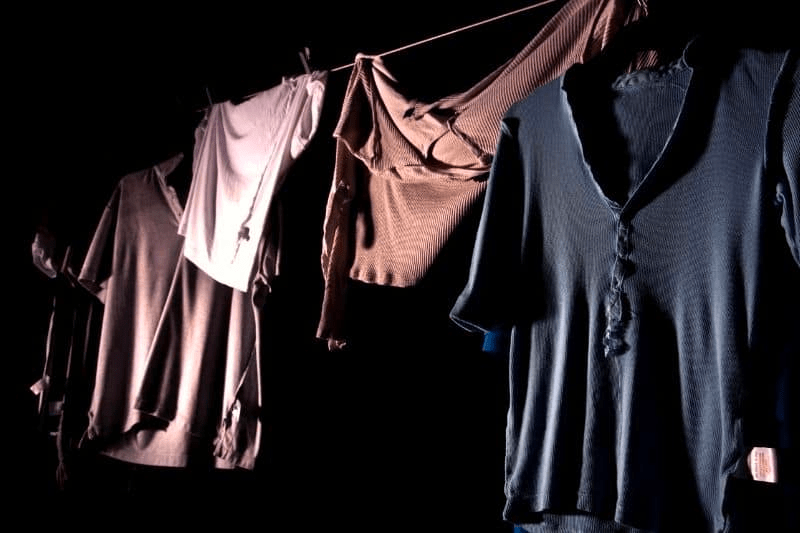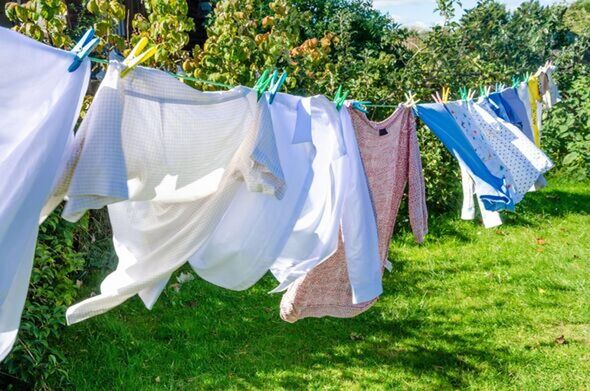
In the evening, it can feel easy and efficient to hang your laundry out to dry — a quick task that checks a box on your to-do list. But while it may seem convenient, drying clothes at night could be doing more harm than good to their freshness, texture, and longevity.
Why Night Drying Isn’t Ideal
As soon as the sun sets, the environment changes in ways that make drying less effective:
- Temperatures drop
- Humidity rises
- Air circulation weakens
It’s similar to drying your hair in a steamy, windowless bathroom — everything stays damp, and the result lacks that clean, fresh feeling.

Humidity: The Invisible Culprit
When you hang wet clothes outside at night, the moisture in the air clings to them. Without the help of sunlight and wind, the drying process slows or even stalls. The result?
- Musty-smelling laundry
- Stiff or unevenly dried fabrics
- Higher risk of hidden mold and weakened fabric elasticity
Instead of airing out, your clothes stay in a state of damp limbo — not quite dry, not quite clean.
The Right Time to Dry
The ideal time to hang laundry is in the morning or early afternoon. Even on a cloudy day, natural light and airflow help clothes dry faster and more thoroughly, leaving them soft, fresh, and odor-free.

No Daytime Option? Here’s What You Can Do
If you don’t have access to outdoor space or the freedom to dry clothes during the day, try these alternatives:
- Use a quality dryer — It mimics the warmth and airflow needed for efficient drying while being gentle on fabric.
- Set up a dehumidifier or fan — These help laundry dry indoors overnight without the risk of mustiness.
- Hang clothes near open windows during daylight hours — Even partial natural airflow makes a difference.
The Takeaway
Drying clothes at night might feel practical, but it can lead to unpleasant smells, faster fabric wear, and even bacteria buildup. If you want your clothes to stay fresh, soft, and long-lasting, paying attention to when you dry them matters just as much as how.



